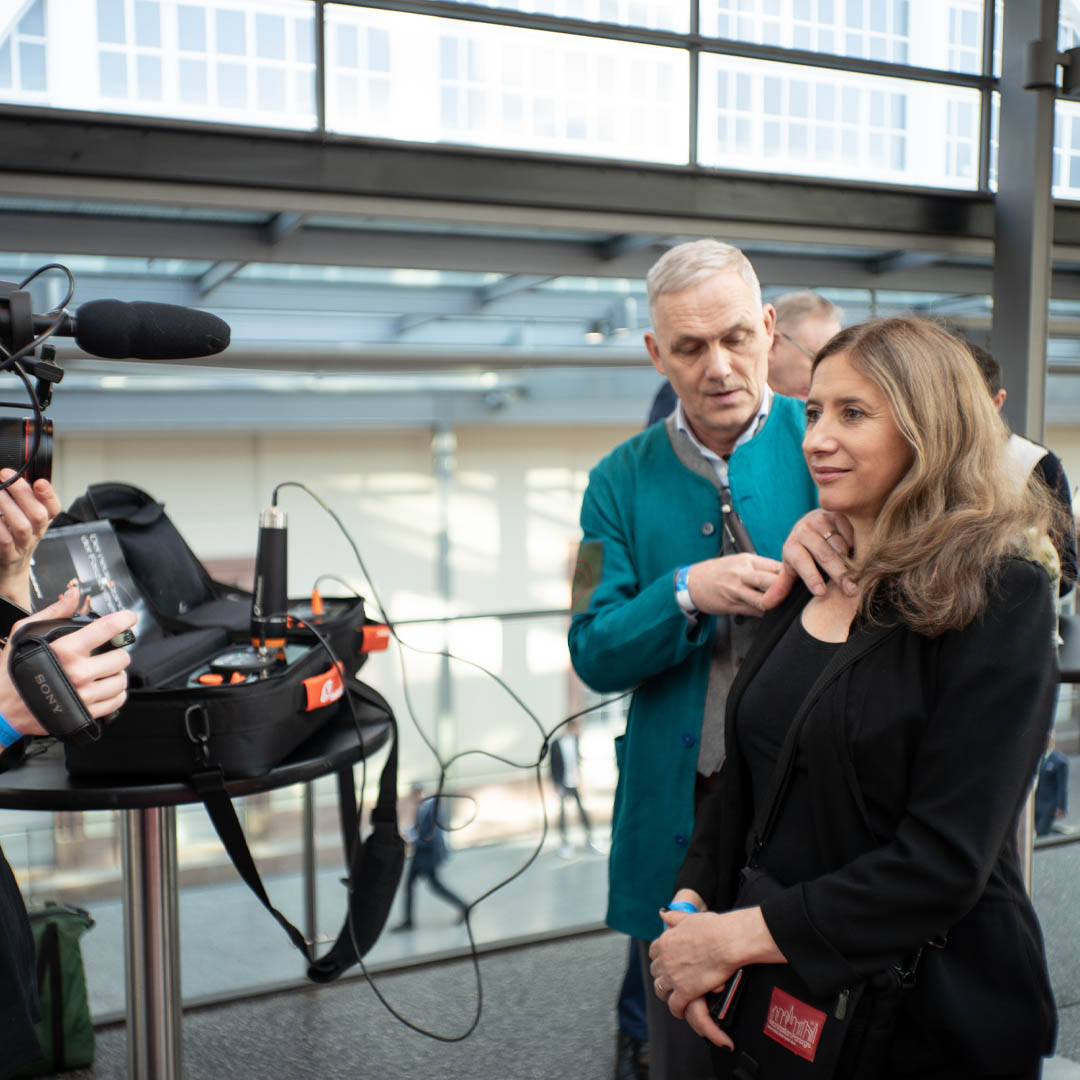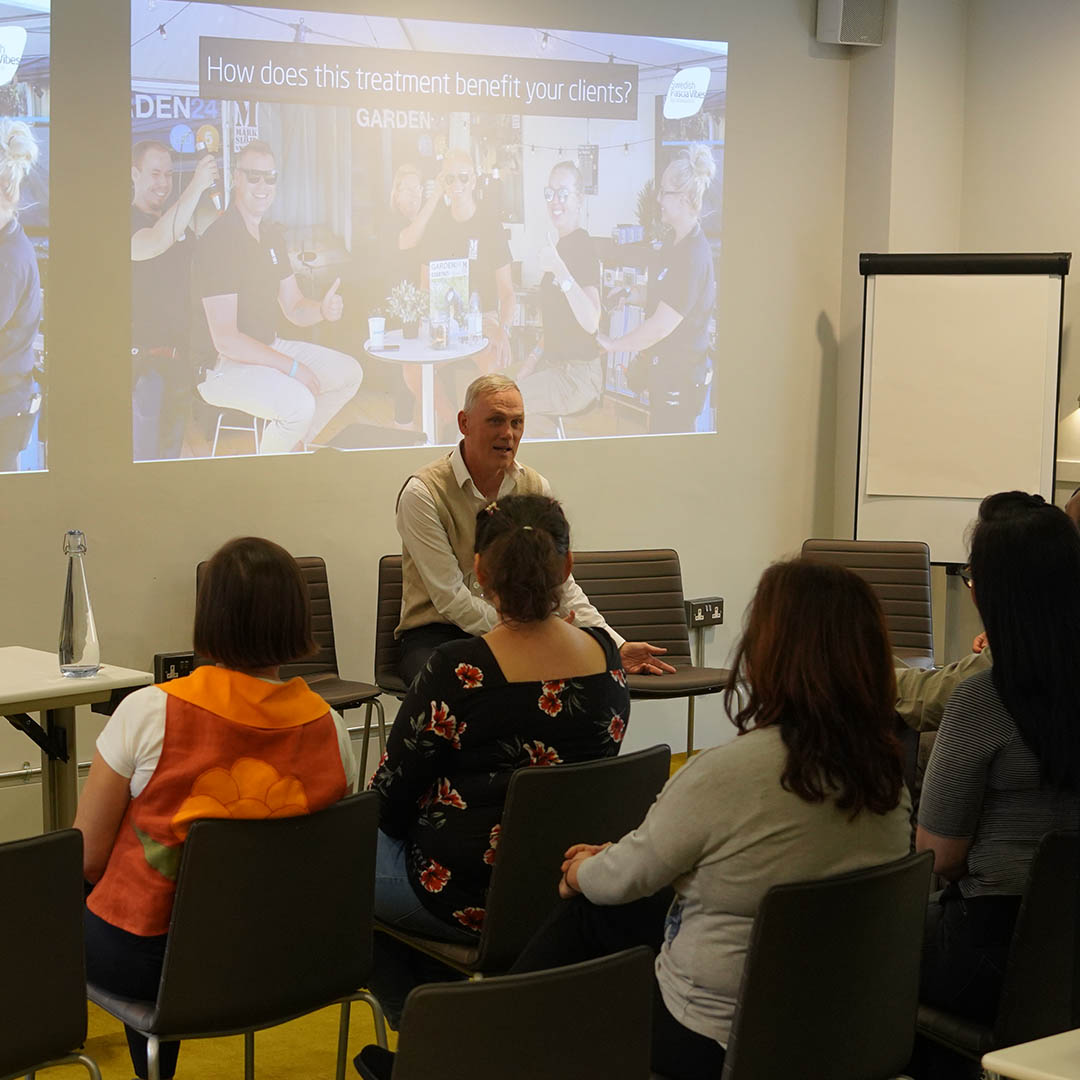How do you develop a more efficient hand?
The full story of Atlasbalans and the development of Swedish Fascia Vibes
An extended hand, research about fascia, treatment of horses and incredible results.
During the last century, new innovations have profoundly changed the way we live our lives, from the way we work to the way we interact with other people. A lot has changed within the last hundred years, but when you look at manual treatment, few grand innovations have profoundly changed the everyday methods and procedures of therapists. But why?
Many therapists agree that the human hand is the very core of their professionalism. Hands are used to touch, to feel, to treat. Hand is the interface between the therapist and the customer, the hand starts the healing process. When we searched for a way to change the industry, our goal wasn’t to make another treatment tool – our goal was to make an extended and more efficient hand.
As a business economist, Hans Bohlin has spent his professional life trying to make complicated things simple and more efficient. In 2010 he put together a development team of the best people he could find: award-winning industrial designer Nikolaus Frank and engineers Krister Sjölander and Ari Hakala. The challenge was to design and develop something more than a tool, a new way to reach deeper, to get better results and to do it faster. Modeled similar to the hand it had to be simple to use and it had to work for all therapists, no matter their preferred method.
In 2012, as soon as the first prototype was ready, testing began at Atlasbalans’ own clinics. Both physiotherapists and massage therapists experienced amazing results, but they were puzzled. Sometimes treatment of the neck resulted in an alignment of the pelvis. Hans was fascinated by the results and remembered a textbook he read a couple of years back about fascia and a new way of looking at the connective tissue – Anatomy Trains by Tom Myers.
He decided to learn more and joined the Fascia Research Society to get in touch with experts in the field. At this time he ran into the Finnish physiotherapist Jarmo Ahonen and showed him the machine: “I have always been curious about new things. We had a pretty open mind and we needed something to go deeper into the body without causing too much pain. We could soon see that when you start to create that vibration you feel that the tissue starts to loosen up, and the muscle relaxes – so we were very happy about it.”
Jarmo soon realized that the machine was optimal for fascia treatment and could work for all therapist, no matter the method. “If they have a good feel of the hand they get a lot of help with the machine, because they’ll know how to use it and where to put it” said Jarmo. During the first years, a lot of adjustment and optimizations for fascia treatment was made.
Since the beginning we have encouraged our users to try new things, to experiment and to use their experience to learn possible new ways of working. So naturally our first manual was very simple: this is how you turn it on, this is how you change programs and this is how you turn it off.
We were caught by surprise in the fall of 2013 when we called a user in southern Sweden to ask: How are things?
And she replied: Things are going great! I’ve used it on 35 horses!
Twelve months later 80 percent of all users were horse therapists. As soon as they tried it, they were sold – and maybe it’s not that surprising when choosing between massaging a 600-kilo horse by hand or with the help of the machine. In the spring of 2018 approximately 10 000 horses in Sweden are successfully treated with the machine every month.
Suddenly all kinds of problems disappeared, the veterinary costs went down and the performance of the horses increased. Trotting horses run faster and win more races, show jumpers jump higher – it’s fascinating how much the animals have taught us about treatment in general. One thing we noticed was that treatment was much more effective and much more gentle when treating pain indirectly, applying the machine on the areas around the pain.
During the years the feedback from the users have been monumental when developing both the machine and the way we use it. At our quarterly user conferences, new techniques are invented. By providing all users with the latest fascia research, through our online academy and our international network of users and researchers, we continue to test the limits of what can be achieved with manual treatment. So when the basic science is there you just have to apply that knowledge… And then you see a person who’s never used the machine before, you say “Let’s figure this out!”. And where is the tension, and then I just develop it the way it goes.
Dare to think in new ways, be curious, try new things, experiment and continue to improve – we see it as the definition of innovation. And by openly sharing knowledge and experience, by working together, we believe the innovation process is amplified.



















